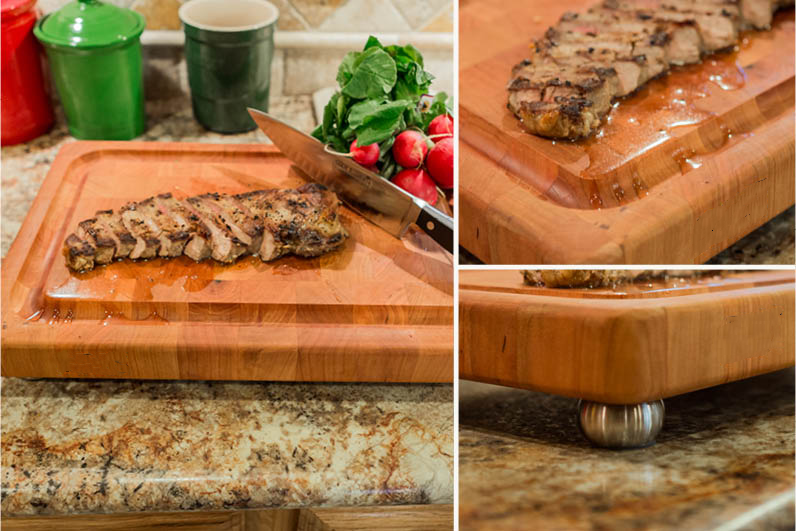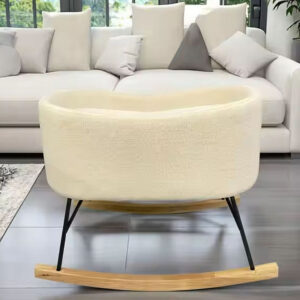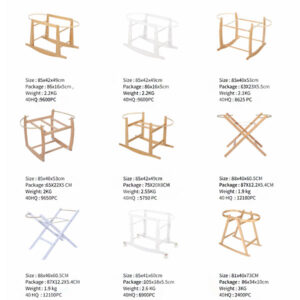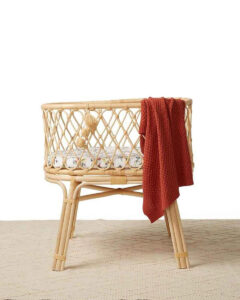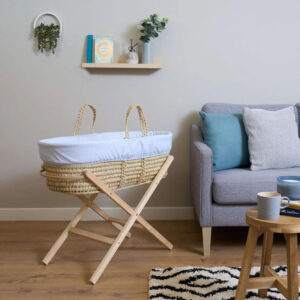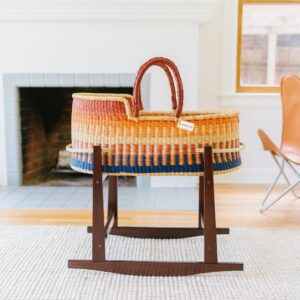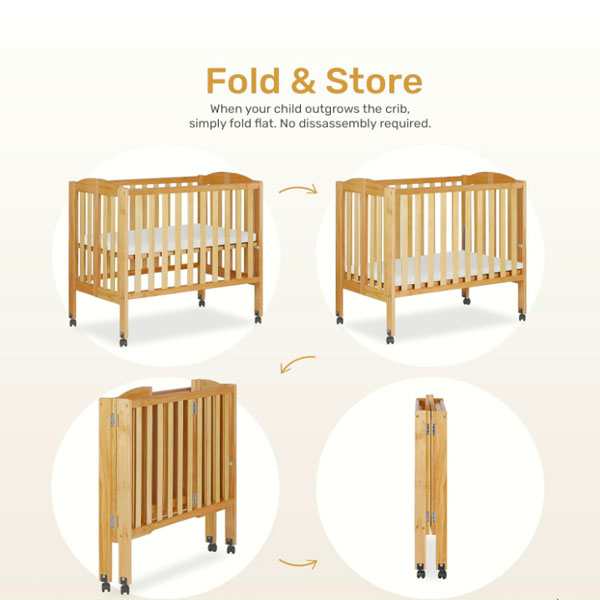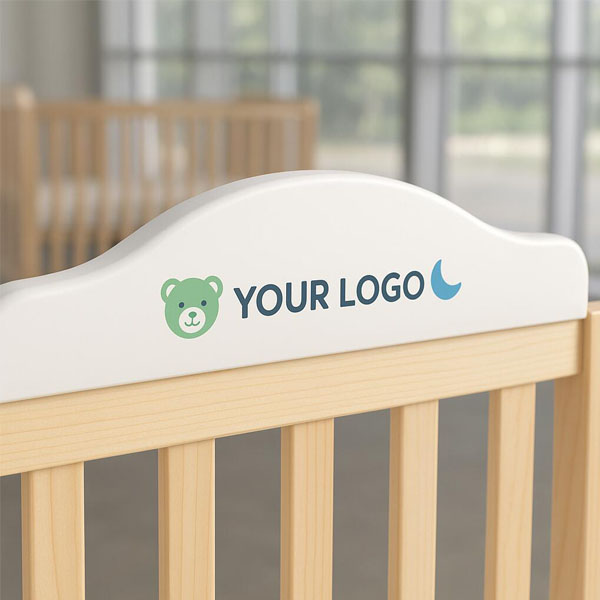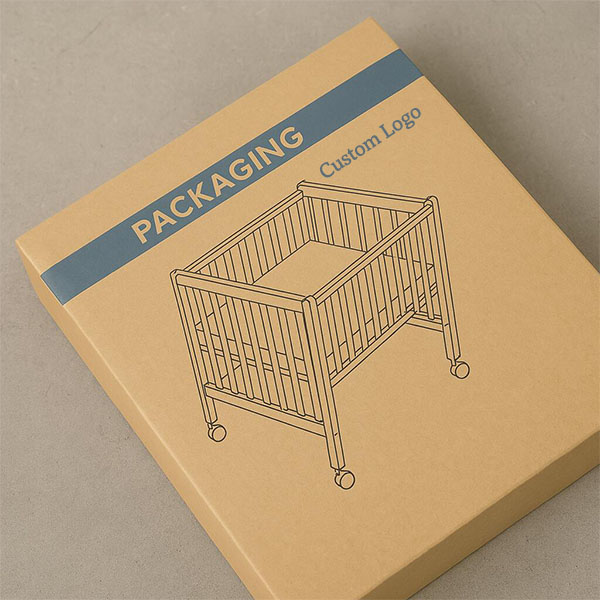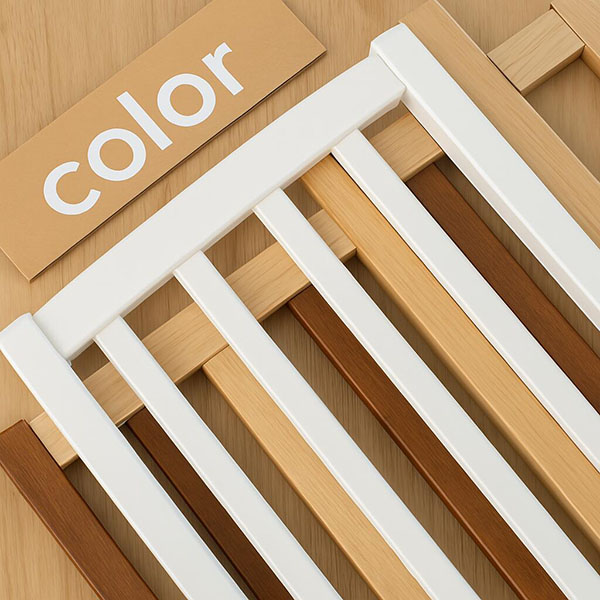Application of Nano-Antibacterial Technology in Cutting Boards
In today’s health-conscious and sustainability-driven market, the cutting board industry is embracing innovation to enhance food safety and longevity. One breakthrough is the application of nano-antibacterial technology—a sophisticated approach that uses nanomaterials to inhibit microbial growth on cutting board surfaces. This article explores the science behind nano-antibacterial technology, its practical applications in cutting board manufacturing, and the benefits it offers for both consumers and manufacturers.In today’s health-conscious and sustainability-driven market, the cutting board industry is embracing innovation to enhance food safety and longevity. One breakthrough is the application of nano-antibacterial technology—a sophisticated approach that uses nanomaterials to inhibit microbial growth on cutting board surfaces. This article explores the science behind nano-antibacterial technology, its practical applications in cutting board manufacturing, and the benefits it offers for both consumers and manufacturers.
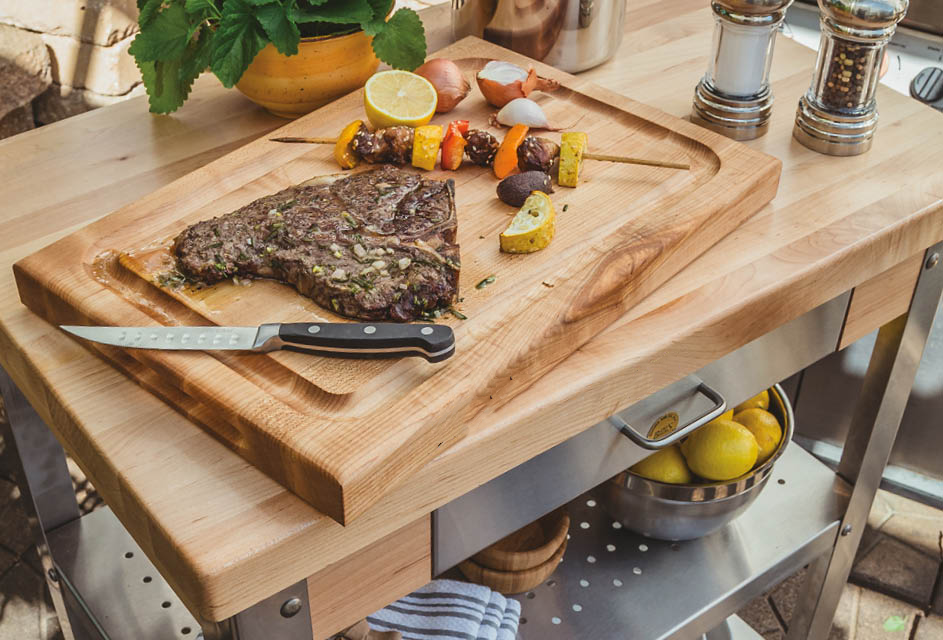
www.woodencraftsliving.com
1. Understanding Nano-Antibacterial Technology
What It Is
Nano-antibacterial technology involves the integration of nanoscale materials—typically metals like silver, copper, or zinc—into the surface of cutting boards. These nanoparticles are engineered to disrupt the cellular structure of bacteria, preventing their growth and proliferation.
Mechanism of Action
- Cell Membrane Disruption: Nanoparticles can attach to and penetrate bacterial cell walls, causing structural damage that leads to cell death.
- Reactive Oxygen Species (ROS) Generation: Some nanomaterials generate reactive oxygen species, which further damage bacterial cells by oxidizing essential biomolecules.
- Interference with Cellular Metabolism: The nanoparticles interfere with the bacteria’s metabolic processes, ultimately inhibiting replication and survival.
2. Benefits for Cutting Board Applications
Enhanced Hygiene and Safety
The primary benefit of nano-antibacterial coatings is a significant reduction in bacterial contamination. This is particularly crucial in kitchen environments, where cutting boards are regularly exposed to raw meats, vegetables, and other foods that can harbor harmful pathogens.
- Reduced Cross-Contamination: By inhibiting bacterial growth, these cutting boards help prevent cross-contamination, enhancing overall food safety.
- Extended Product Lifespan: Antibacterial surfaces maintain cleanliness longer, potentially extending the life of the cutting board by reducing degradation caused by microbial activity.
Consumer Confidence and Health Benefits
With growing consumer awareness of foodborne illnesses, the promise of a cutting board that actively reduces bacterial load can be a powerful selling point. Nano-antibacterial technology not only addresses hygiene concerns but also contributes to a healthier kitchen environment.
Sustainability and Reduced Chemical Usage
Traditional antibacterial treatments often rely on chemical agents that may wash off or degrade over time. Nano-antibacterial coatings offer a durable alternative that reduces the need for frequent chemical cleaning agents, supporting a more sustainable and eco-friendly approach.
3. Integration in Cutting Board Manufacturing
Material Compatibility
Nano-antibacterial technology can be applied to various cutting board materials, including:
- Wood: When properly integrated, the technology can help mitigate the porous nature of wood, which typically harbors bacteria.
- Composite Materials: Cutting boards made from engineered composites can be enhanced with nano-antibacterial coatings to further improve hygiene.
- Bamboo: As an eco-friendly option, bamboo boards benefit from additional protection against microbial growth without compromising their natural aesthetics.
Manufacturing Process
The application process involves incorporating nanoparticles into a coating or embedding them directly into the material during production. Key considerations include:
- Uniform Distribution: Ensuring even dispersion of nanoparticles is critical for consistent antibacterial performance.
- Adhesion and Durability: The nano-coating must adhere well to the cutting board surface and maintain its efficacy through repeated use and cleaning cycles.
- Regulatory Compliance: Manufacturers must meet safety standards and obtain necessary certifications to ensure the nano-antibacterial additives are safe for food contact.
4. Challenges and Considerations
Cost Implications
Integrating nano-antibacterial technology can increase production costs. However, these costs may be offset by the added value of enhanced product safety and extended durability.
Environmental and Health Concerns
While nanomaterials offer significant benefits, their environmental impact and long-term health effects are still under scrutiny. Manufacturers must ensure that nano-antibacterial agents are securely bound to the cutting board surface, preventing nanoparticle release into the environment or food.
Consumer Perception
Educating consumers about the safety and benefits of nano-antibacterial technology is crucial. Clear labeling, transparency about testing procedures, and certification from reputable organizations can help build trust.
5. Future Prospects and Industry Impact
The integration of nano-antibacterial technology in cutting boards is just one example of how nanotechnology is transforming everyday products. As research advances, we can expect:
- Improved Coatings: Enhanced durability and efficiency of nano-antibacterial surfaces.
- Broader Applications: Expansion into other kitchen tools and surfaces, such as countertops and utensils.
- Sustainable Innovations: Continued development of eco-friendly nanomaterials that offer high performance without adverse environmental impacts.
By adopting these innovations, the cutting board industry can not only improve food safety and consumer health but also lead the way in sustainable manufacturing practices.
Conclusion
Nano-antibacterial technology represents a promising frontier for the cutting board industry, offering significant benefits in hygiene, product longevity, and sustainability. While challenges such as cost and regulatory concerns remain, the potential for creating safer, more durable, and eco-friendly cutting boards is immense. As manufacturers continue to refine these techniques, consumers can look forward to a new generation of kitchen tools that combine cutting-edge science with everyday practicality.
This in-depth exploration provides a clear roadmap for integrating nano-antibacterial technology in cutting board production, paving the way for a safer and more sustainable future in the culinary world.
www.woodencraftsliving.com

